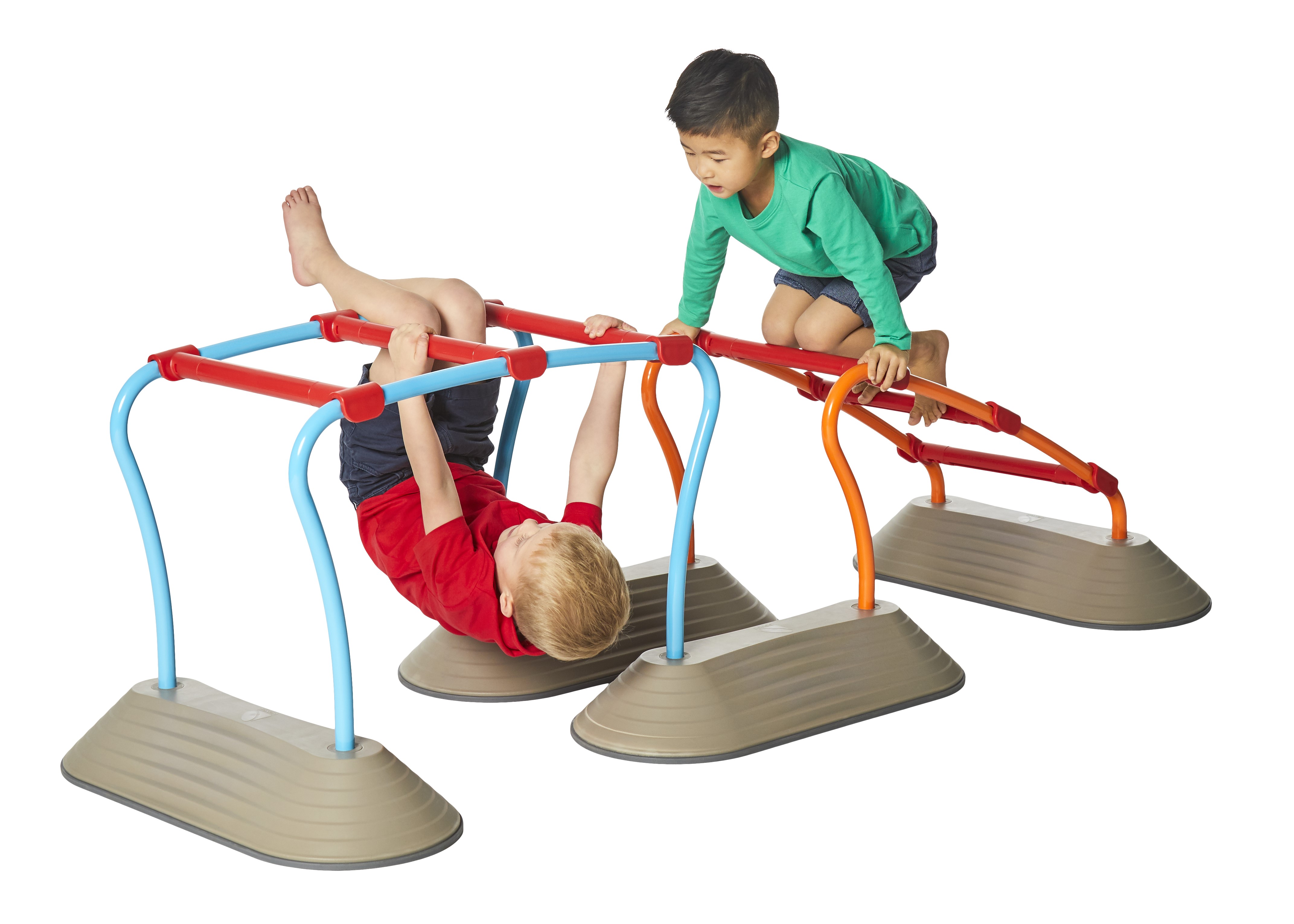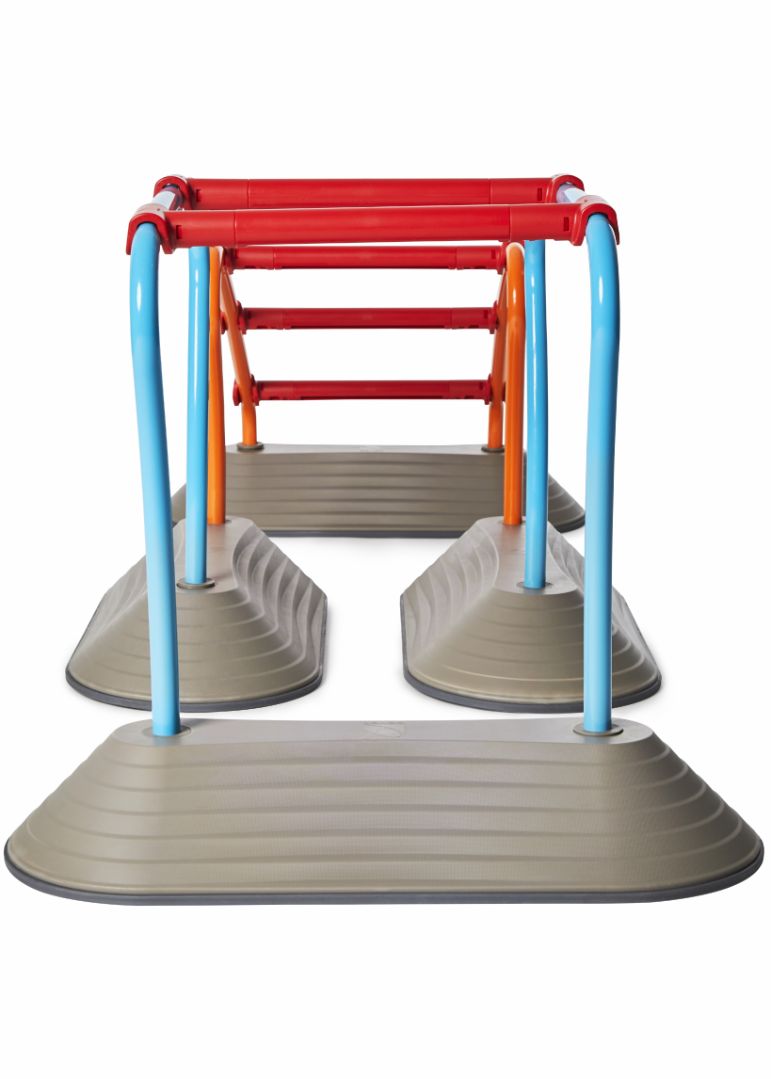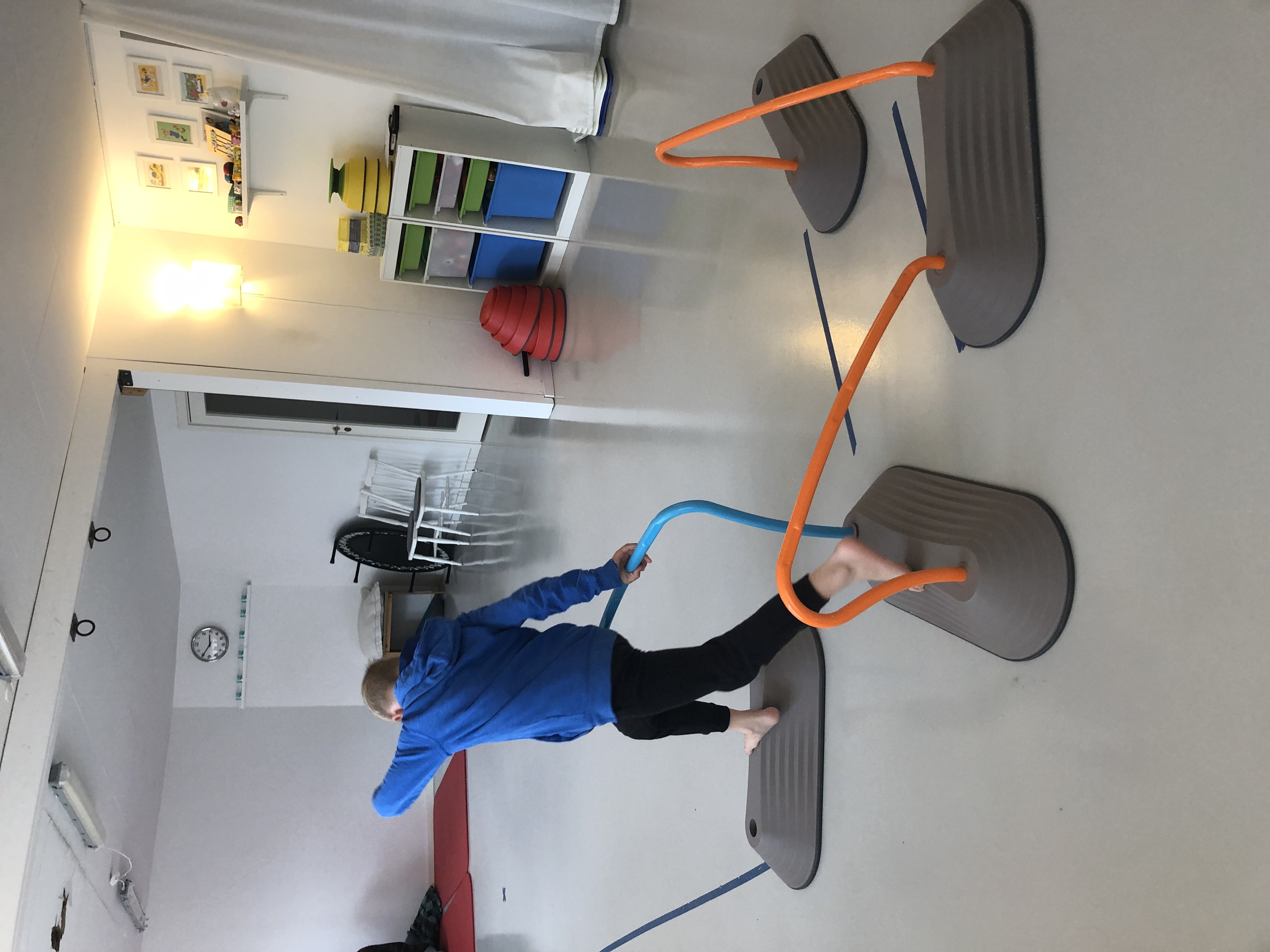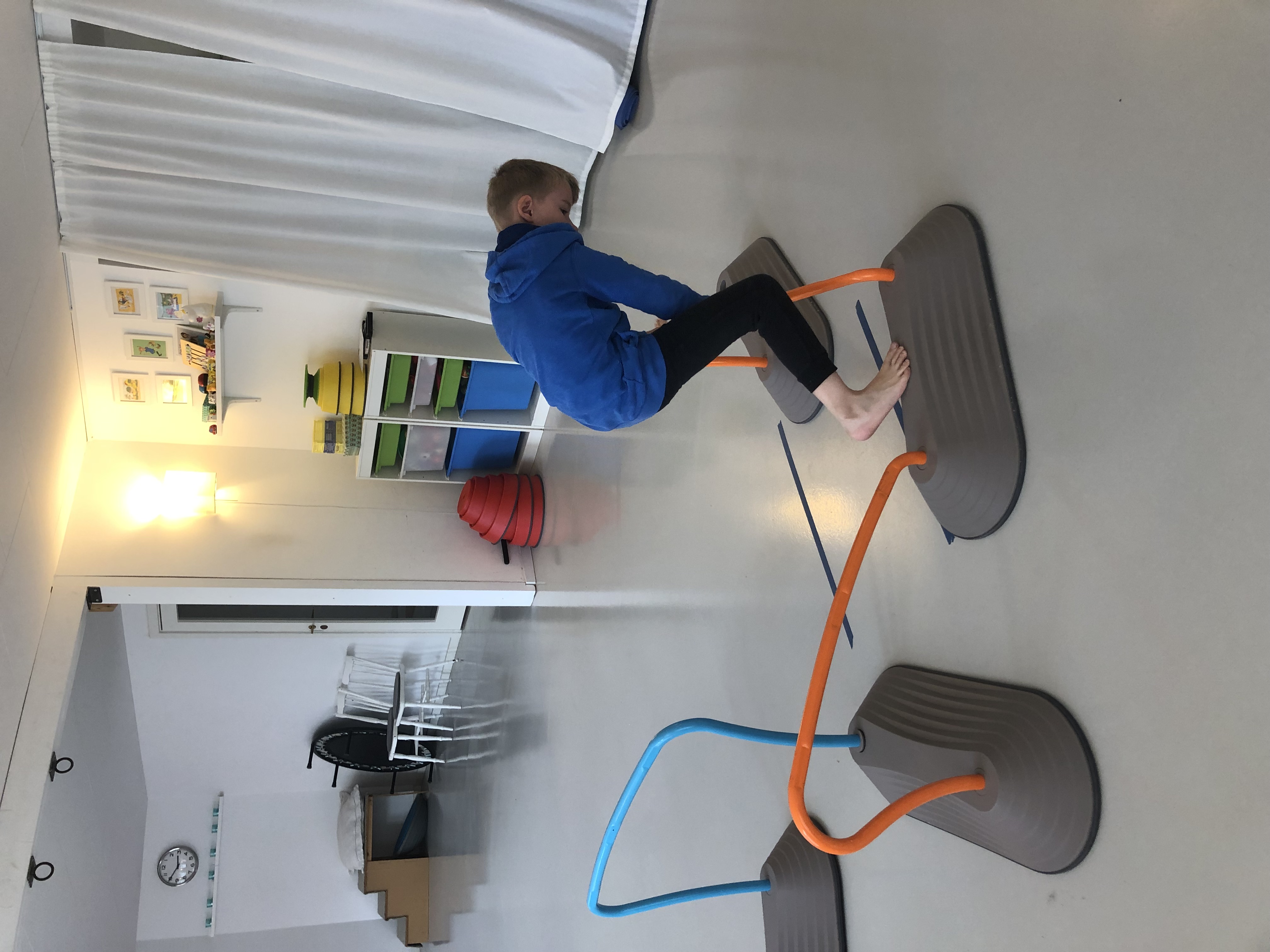CASE
Jacob is 6 years old. He is a skinny little boy and small for his age. He is not a big eater. Jacob enjoys movement but finds it difficult to keep up with his friends when they run or play football. He soon becomes tired. He feels that he is not as strong as his friends.
Christian is 7 years old. His parents contact me because they’ve found that he often simply gives up when he encounters challenges in general, but especially those involving motoric skills. He gets upset and says that he’s no good at such things. It starts when he gets up, when he has to be helped to get dressed and to pack his school bag. At school, he becomes stressed and upset when the other children switch places, or when he’s in other classrooms than the one he’s used to.
Christian has trouble remembering things. That‘s caused him to lose many balaclavas and gloves, but also toys, shoes, coats and so on. He gets easily upset when things disappear. His parents have got into the habit of making sure he gets everything home with him when they pick him up from after-school care.
On the social front, he’s popular and has lots of friends, nor does he have any learning problems.
During his motoric skills screening at the clinic, I notice that Christian has a big problem changing strategy. For example: when he fails to hit the target with a ball, he keeps on throwing in exactly the same way, without switching to another and more appropriate strategy. He also finds it hard to remember the programme I devised for him.
His parents were introduced to games and brain exercises designed to boost Christian‘s working memory. They were later given small, well-defined home exercises focusing on an objective and getting a task done. Christian experienced success and mastery through all the games. We talked about how important it was to give Christian small, everyday tasks to do at home. They could be setting the table, emptying the dishwasher or the like. Tasks that require working memory and motoric skill planning. When a task is completed, it gives satisfaction. Being a key part of the family also builds our resilience. So, even though it may initially require persistence to get a child to help, it’s worth the investment.
Christian was presented with a long Mini Parkour course in the clinic. Initially, it’s me who challenges Christian, telling him how to tackle the course, such as: “Walk through it without touching the floor; try it with only one foot touching each base; jump through without touching the floor; your hands can only hold the centre of the hurdle,” and so on. Christian responded to the challenge. Along the way, I help him with better strategies if he was unable to get any further. My primary focus was to give positive feedback when Christian found good solutions himself to reaching the finish. When he failed, he was told: Yes,it‘s hard – you can’t do it yet. That little word ‘yet’ is important to show Christian that he’s on his way.
It doesn’t take long before Christian silently begins to challenge himself on the course. During the third session, he figures out how to challenge himself to tackle the course backwards, with one foot on each base. It’s possible to see from the whole of Christian’s body how good it feels for him to find a challenge and set himself a goal. It takes a lot of tries before Christian succeeds in reaching the finishing line, but he keeps trying and finally does it. Christian reacts to finding that we adults can see his persistence, and how we applaud his ideas and ability to keep going until he succeeds.








